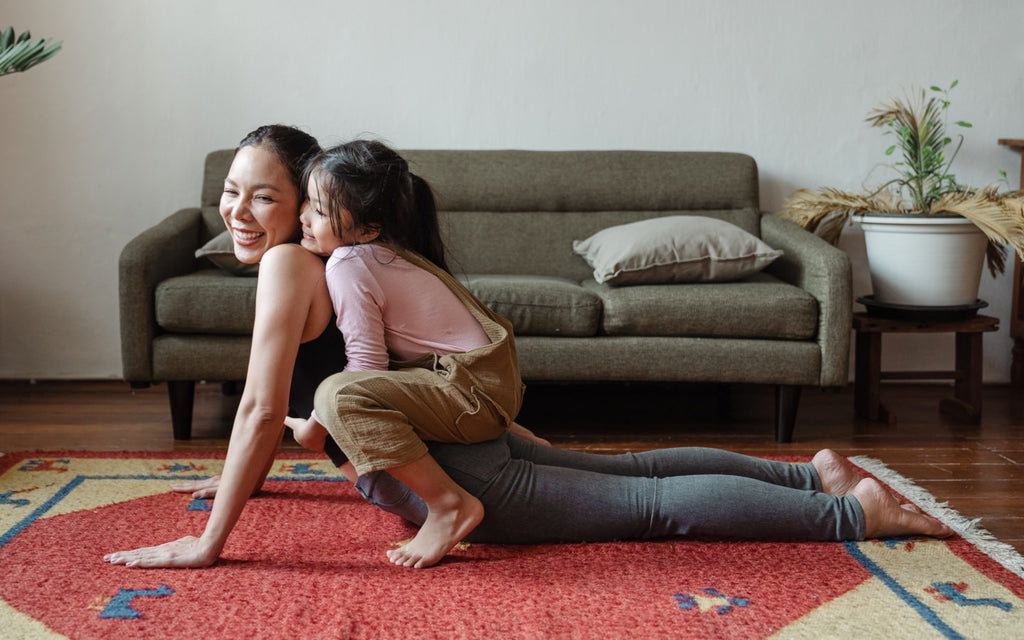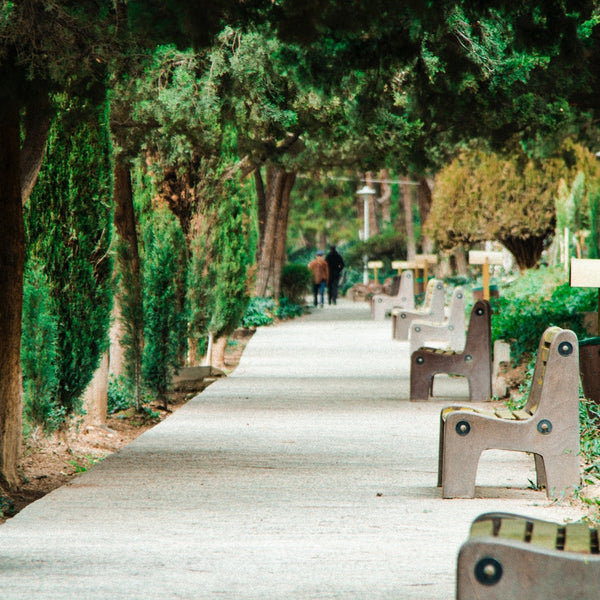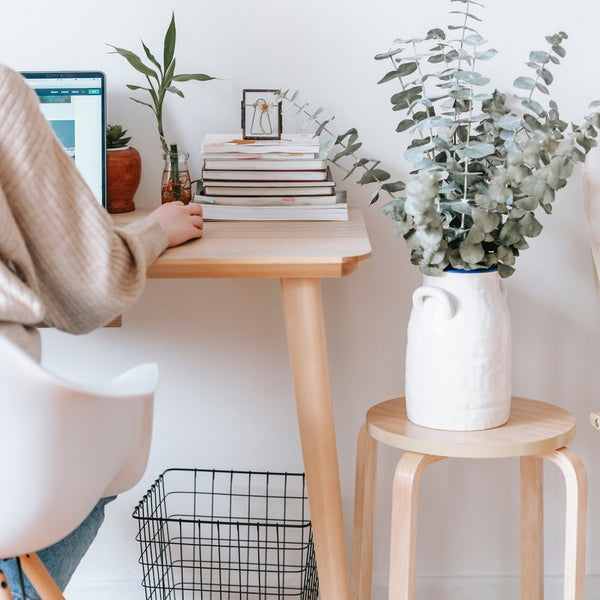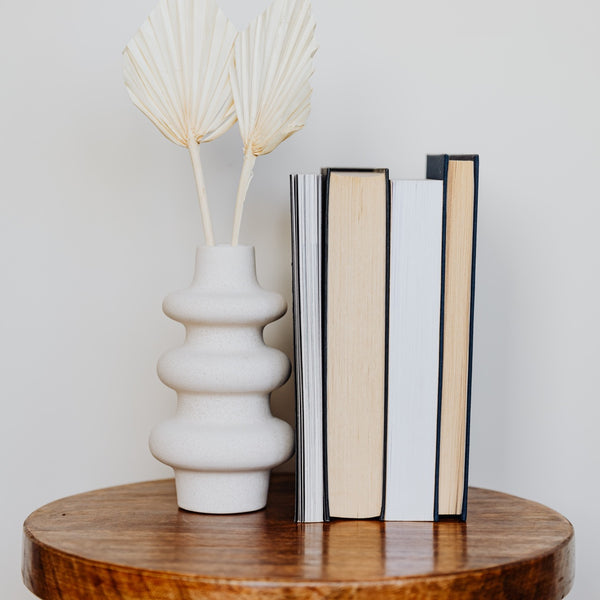Easy Ways to Introduce Mindfulness to Kids

Many of us probably remember ourselves as wonderful children. The type who always listened, never threw temper tantrums, and were an absolute delight to be around. But our parents… well, they likely remember things slightly differently.
A grocery store meltdown? It was known to happen. That family photo you’ve always loved? It was the only decent picture they got once you were done crying over the frilly socks your mom made you wear.
The thing is, kids deal with the same feelings of stress, anxiety, and frustration as adults. The difference is they’re still figuring how to cope and express themselves. That’s why it’s so important to introduce mindfulness and meditation to kids at an early age.
Mindfulness and meditation aren’t just a buzzword at the center of the modern wellness movement. They’re actually a type of awareness training for your brain. A regular mindfulness practice can help you become more self-aware of thoughts, feelings, experiences, or behavioral patterns so you can respond to them in a deliberate, controlled way.
Studies show mindfulness and meditation instill confidence, empathy, resilience, and self-control, and the ability to focus, regulate emotion, and problem solve in both kids and adults. Mindfulness can improve attention span and behavioral issues — especially for kids. But like any other skill, like exercising, reading, or cooking, you have to practice mindfulness consistently to see results.
Here are a few fun and engaging ways to teach mindfulness and meditation to your kids.
Start Simply

We all get nervous or anxious when we try something for the first time, kids included. So ensure your child’s first few experiences with mindfulness are successful by keeping things simple. Start with a short, five-minute meditation. (Headspace also offers meditations for kids that are categorized by age group.) Or, try a kindness meditation and send positive thoughts and well wishes to people you love and others you don’t know very well. This provides the confidence to continue practicing instead of walking away in frustration.
Make it a Game

For younger children, ages three to five, making a game out of mindfulness activities is the best way to introduce them to the practice.
There’s the penny game. Give your child a penny and ask them to study it closely. Then, put the penny in a bowl with a few other pennies. Mix them up, then ask them to pick out their penny. Once they do, get them to explain why they knew it was theirs.
The classic game Simon Says is also an interactive mindfulness activity — they’re having a good time while also learning mindful listening, seeing, and awareness.
Use All The Senses

Plan an afternoon walk with your child, then slow to a snail’s pace so every step takes five to ten seconds. Close your eyes and ask them to join you. As you continue walking, discuss the smells, sounds, and physical and emotional feelings that come to mind.
You can do the same with morning toast or a special treat. Eat as slowly as you can, noting the textures, tastes, and smells as you chew. By tuning into the senses and naming external and internal experiences, you’ll both learn to settle your mind, focus your thoughts, and become more self-aware.
Once you’ve done this activity a couple of times, take it a step further with a short body scan meditation.
Practice Gratitude

This mindfulness technique is about teaching your child that even when life gets hard or we’re dealing with disappointment, there are always things we can be grateful for.
Each morning, encourage them to come up with three things they’re grateful for. It doesn’t have to be serious. The sillier the better! When something disappointing does happen — they can’t make it to a friend’s birthday party or their teacher didn’t call on them in class — listen and talk about why they’re feeling sad. Then, use the gratitude technique to remind them they have good things going on in their life, too. When something distressing happens in the future, they’ll have a healthy way to deal with emotions and build resilience.
Engage In Mindful Breathing

Belly breathing is an effective and easy way for kids to calm their nerves during stressful situations. Sit beside them in a comfortable position or on a yoga cushion, cross your legs, and close your eyes. Then, take a big, deep breath in, allowing the belly to expand and contract with each breath. If your child is having trouble concentrating, encourage them to place one hand on their stomach to feel each breath as it comes and goes. Repeat four to five times, then return your breath to normal.




